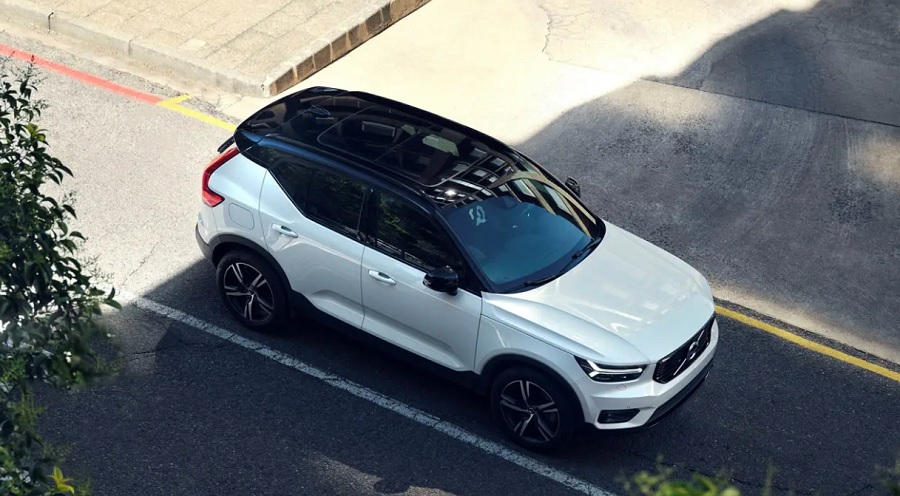Volvo continues to expand the alternatives to burning oil in the XC40 alone. It will come onto the market as an electric car in autumn 2020, and it already exists as a plug-in hybrid with a system output of 192 kW (262 hp). Now Volvo is pushing a weaker plug-in hybrid with the XC40 Recharge T4. The idea itself is not bad, but here the question arises, what is it good for?

Same basis
The technical basis remains basically the same. The electric motor offers 60 kW and 160 Nm torque. As in the XC40 Recharge T5, the part of the combustion engine is also taken care of by a turbocharged 1.5-liter three-cylinder, which produces a maximum of 95 kW (129 HP) in the Recharge T4. That is significantly less than it delivers in the T5, where 132 kW (180 hp) are mentioned. The torque differences are significantly smaller at 245 to 265 Nm. The electric motor is housed with the seven-speed dual clutch transmission. Volvo saves the effort of an electrified rear axle.
When it comes to performance, the difference in the standard sprint indicates that the weaker XC40 is a bit less spirited. At 8.5 seconds, it remains 1.2 seconds behind the T5 when doing 0-100 km/h. The top speed at Volvo has been limited to 180 km/h since May 2020 – both can easily do that.
Same consumption
Less power should be associated with lower consumption. But that’s not the case in the XC40. Both plug-in hybrids are specified in the WLTP with 2 to 2.4 liters. The power consumption is also identical with 15.7 to 16.8 kWh/100 km. The battery capacity is specified as 10.7 kWh, of which 8.5 kWh can be used. According to the price list, the e-range in the WLTP is 42 to 45 kilometers.

The internal charger is designed as a single phase. A maximum of just under 3.7 kW charging power is possible, but this can only be used on a wall box. The supplied charging block is protected with 10 amperes, so there is an end to 2.3 kW charging power – a path that almost all manufacturers currently take in order not to overwhelm the normal sockets. The charging time is then 5 hours according to Volvo, with 3.7 kW it should be 3 hours.
Similarly expensive
Less temperament, same consumption – does Volvo at least offer an incentive in terms of price? No, the T4 costs just 1100 euros less than the T5. With list prices from 48,450 euros for the T4, this advantage should hardly play a role for most interested parties.

Offer to commercial customers
Incidentally, of the 13,102 XC40s sold, 6419 had a diesel engine in 2019. The commercial share was comparatively low at 59.5 percent. After all: The new plug-in hybrid could be interesting for the company car clientele, although the 1100 euros, which have to be taxed less here, will probably not be decisive in this financial league.










